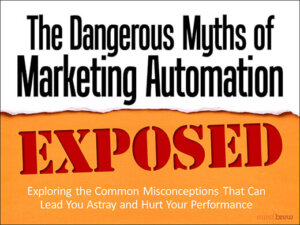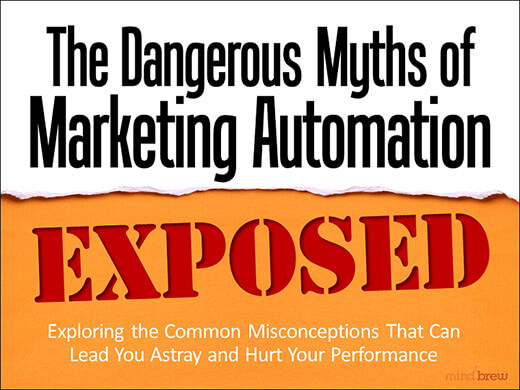If you’ve never paid much attention to inside sales, you might be surprised to know that it’s one of the fastest growing career fields. As communication technology continues to advance, more B2B companies are doing more of their selling remotely. In fact, one study found that companies are creating 42,400 new inside sales jobs per year, for an annual growth rate of 7.5 percent. By contrast, field sales jobs are growing at just 0.5 percent per year. As a result, inside sales staff now make up more than half of the average B2B sales department.
At most organizations, the inside sales team is the first point of contact between the organization and a potential customer. They usually do some outbound calling and they also often do the initial follow up on inbound leads generated by the marketing department.
Unfortunately, inside sales is often where organizations put their greenest employees. They view it as a training grounds for field sales, a place to “pay your dues” before you move up in the organization.
But why would you want a customer’s first impression of your company to be based on the staff members who know the least about your company?
One company that is doing things differently is a data management vendor called Datavail. Their chief marketing officer, Robin Caputo, recently sat down for an interview with MindBrew Editor-in-Chief Rafe VanDenBurg and revealed that in her company, inside sales reports to marketing. She explained that marketing is very concerned about a prospect’s first impression of the firm. “We want it to be good,” she says. “We want it to be very professional. We want it to be very knowledgeable, and having inside sales under marketing helps ensure that happens.”
Caputo added that her company is very fortunate in having highly skilled people in inside sales. “They are very knowledgeable. They are the best at being the face, the first person that, quite often, that a prospective client talks to,” she said.
Having inside sales as a part of marketing also aids in the handoff of leads from the marketing department to the sales department. Many B2B firms experience a breakdown at this point, but when inside sales is following up on leads created by the people in their department, it’s much easier to make sure that the handoff goes smoothly and to address any problems that occur.
Of course, this particular structure isn’t going to work for every organization. But even if you don’t plan to make inside sales a part of your marketing team, it makes sense for marketing to understand what inside sales does and how you can help them do a better job. For more insight on the interaction between inside sales and marketing, listen to the full interview, titled “The Benefits of Measurement and Accountability.”







